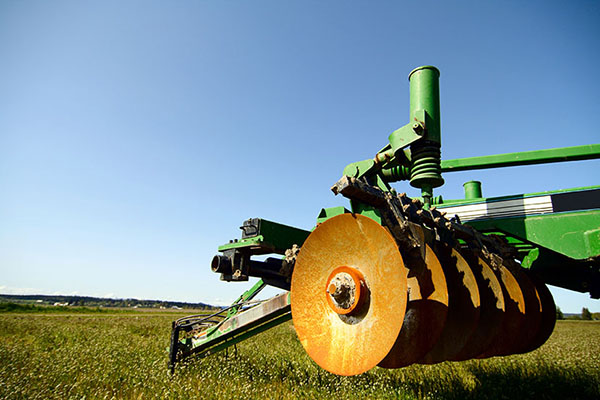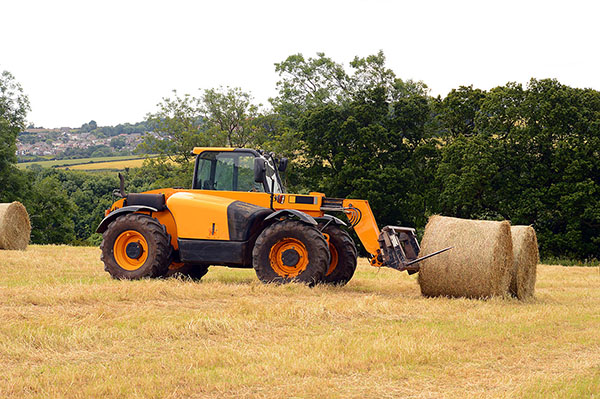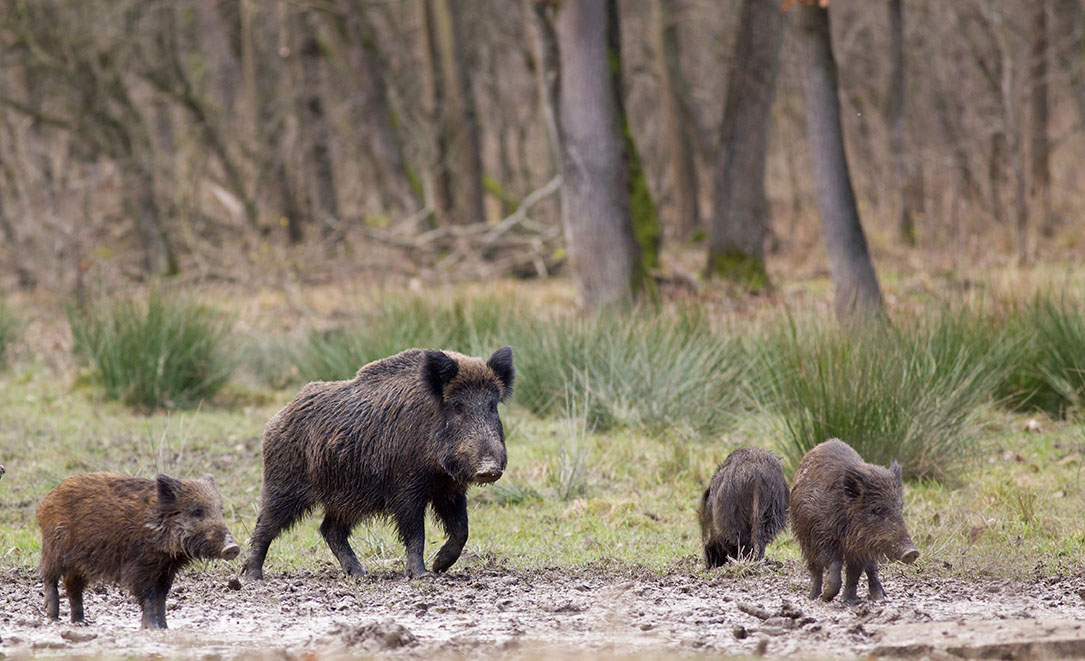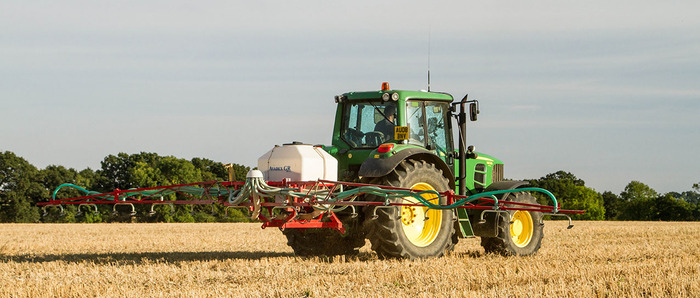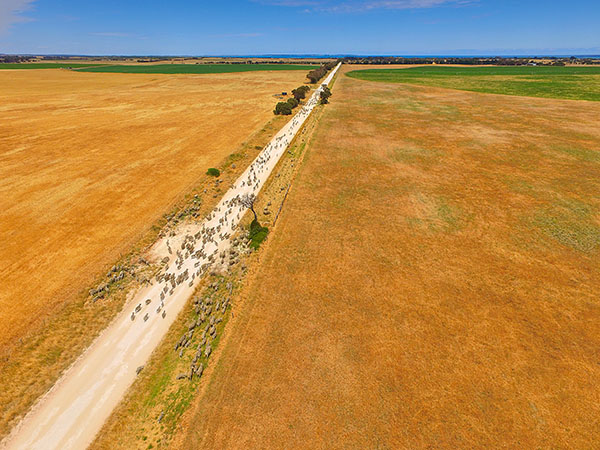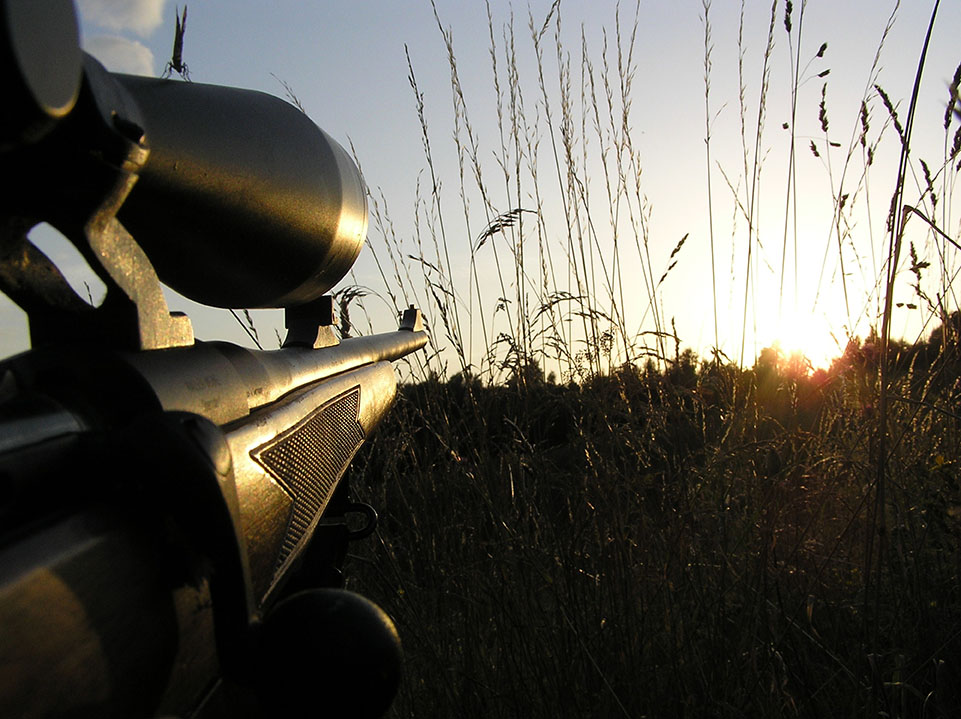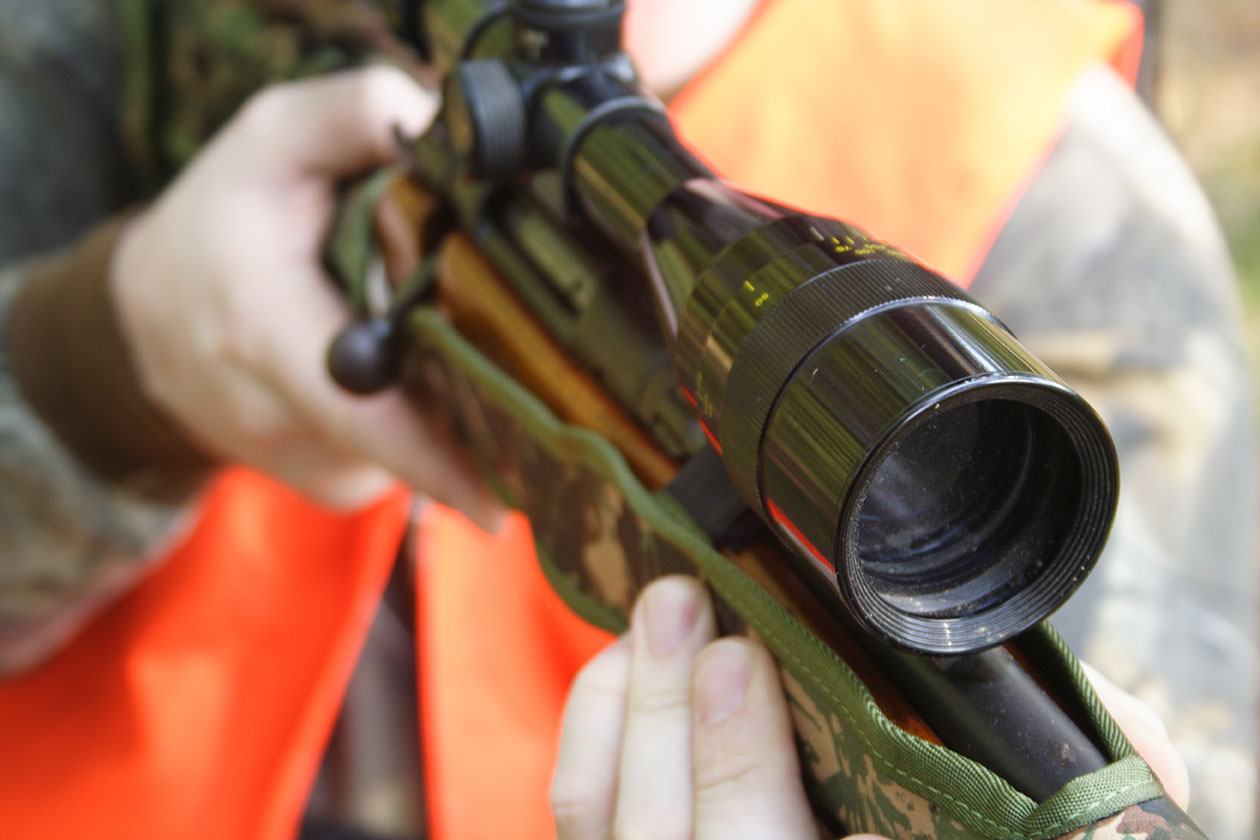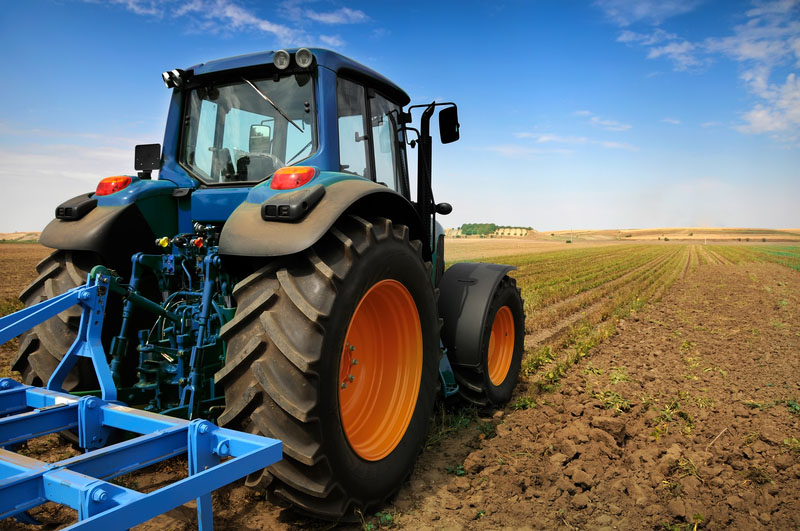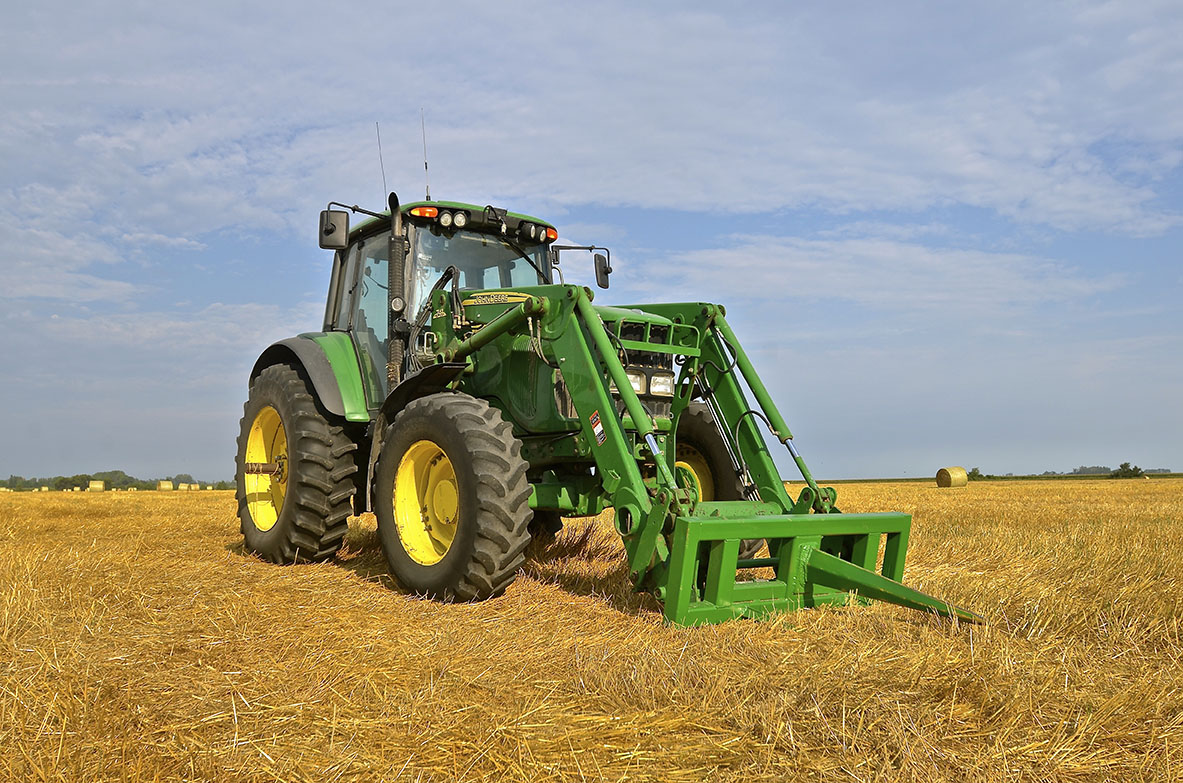Farming and Agriculture Safety Overview
Agriculture is one of the most dangerous industries to work in due to the wide variety and combination of hazards. Agriculture also involves a wide range of different types of machinery, animals, plants and products, working in both indoor and outdoor environments under widely varying geographic and climatic conditions.
Good safety practices can be the difference between a successful and rewarding business and a disaster.
More than a third of the world’s labour force employed in the Farming and Agriculture industry. While many agricultural businesses are highly mechanised and operate on a large scale, others are very labour-intensive.
